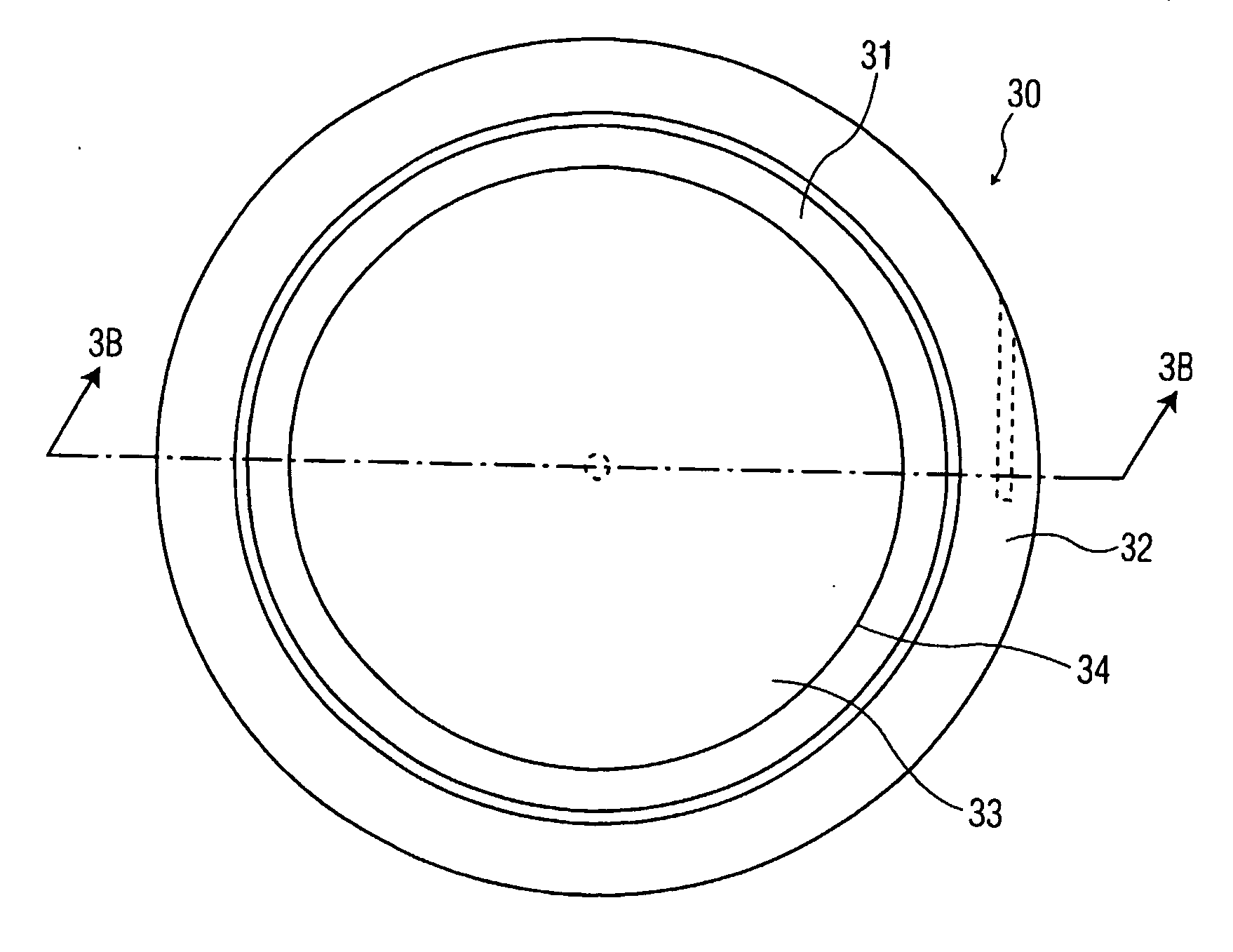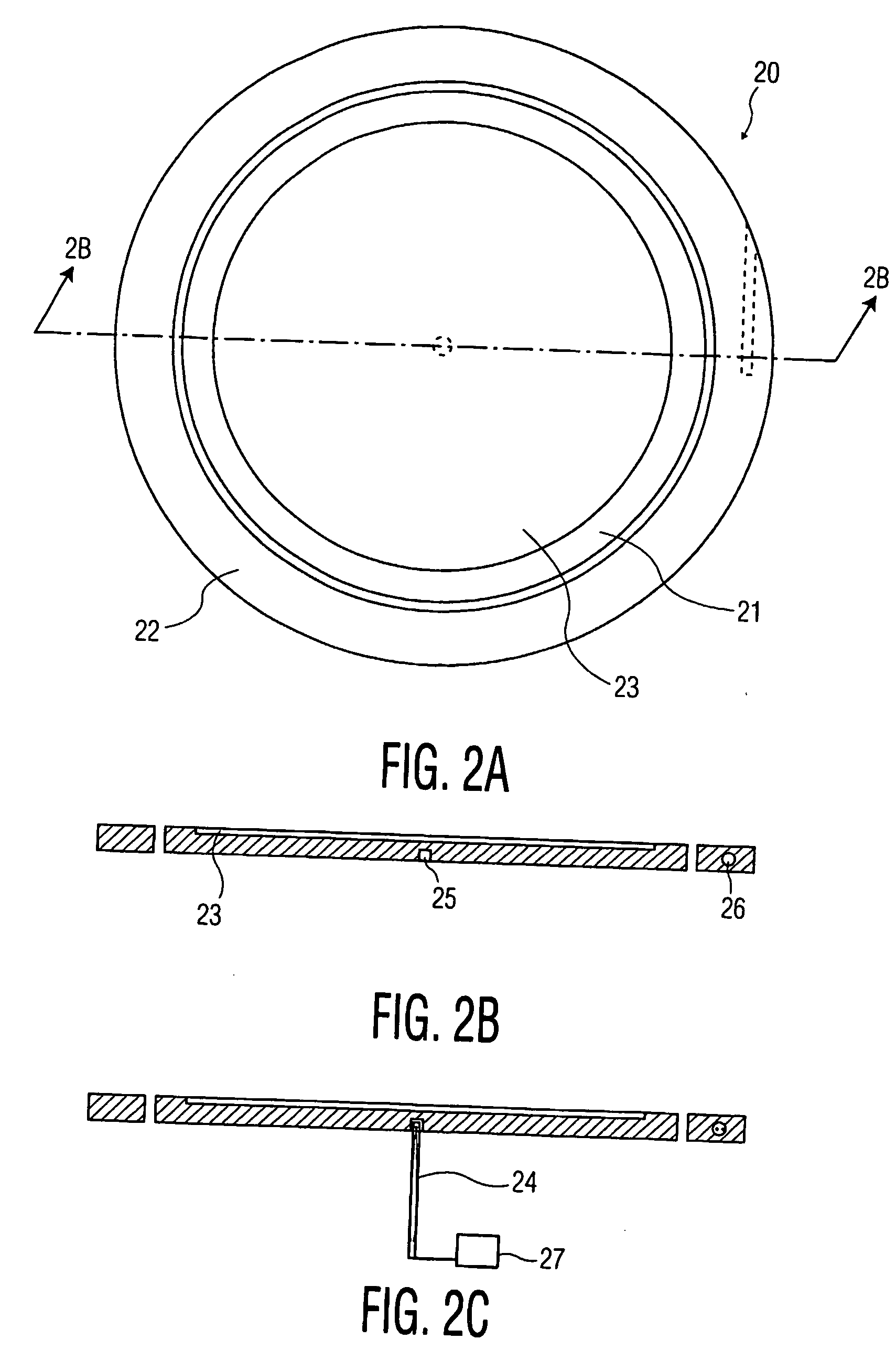System and method for suppression of wafer temperature drift in cold-wall cvd systems
- Summary
- Abstract
- Description
- Claims
- Application Information
AI Technical Summary
Benefits of technology
Problems solved by technology
Method used
Image
Examples
Embodiment Construction
[0019] The assumption that a wafer is at approximately the same temperature as a susceptor is sufficiently close to reality at high temperatures. In this regard, high temperatures being defined as a temperature regime in which the growth rate is “transport limited.” The diffusion of fresh reactants to the surface of the wafer is the limiting factor and in this regime the growth rate is only moderately dependent on the temperature at high temperatures. Above 850-900° C. in case of silicon epitaxy, the systems described above may provide satisfactory results. However, at low temperatures this is no longer the case. There are two reasons why the susceptor temperature is an insufficient measure of the wafer temperature in the low-temperature range. In this regard, low-temperatures being defined as a temperature regime in which the growth rate is not “transport limited.”
[0020] First, it is noted that at low-temperatures, the growth rate of the wafer now is a strong function of the temper...
PUM
| Property | Measurement | Unit |
|---|---|---|
| Temperature | aaaaa | aaaaa |
| Thickness | aaaaa | aaaaa |
| Pressure | aaaaa | aaaaa |
Abstract
Description
Claims
Application Information
 Login to View More
Login to View More - R&D
- Intellectual Property
- Life Sciences
- Materials
- Tech Scout
- Unparalleled Data Quality
- Higher Quality Content
- 60% Fewer Hallucinations
Browse by: Latest US Patents, China's latest patents, Technical Efficacy Thesaurus, Application Domain, Technology Topic, Popular Technical Reports.
© 2025 PatSnap. All rights reserved.Legal|Privacy policy|Modern Slavery Act Transparency Statement|Sitemap|About US| Contact US: help@patsnap.com



